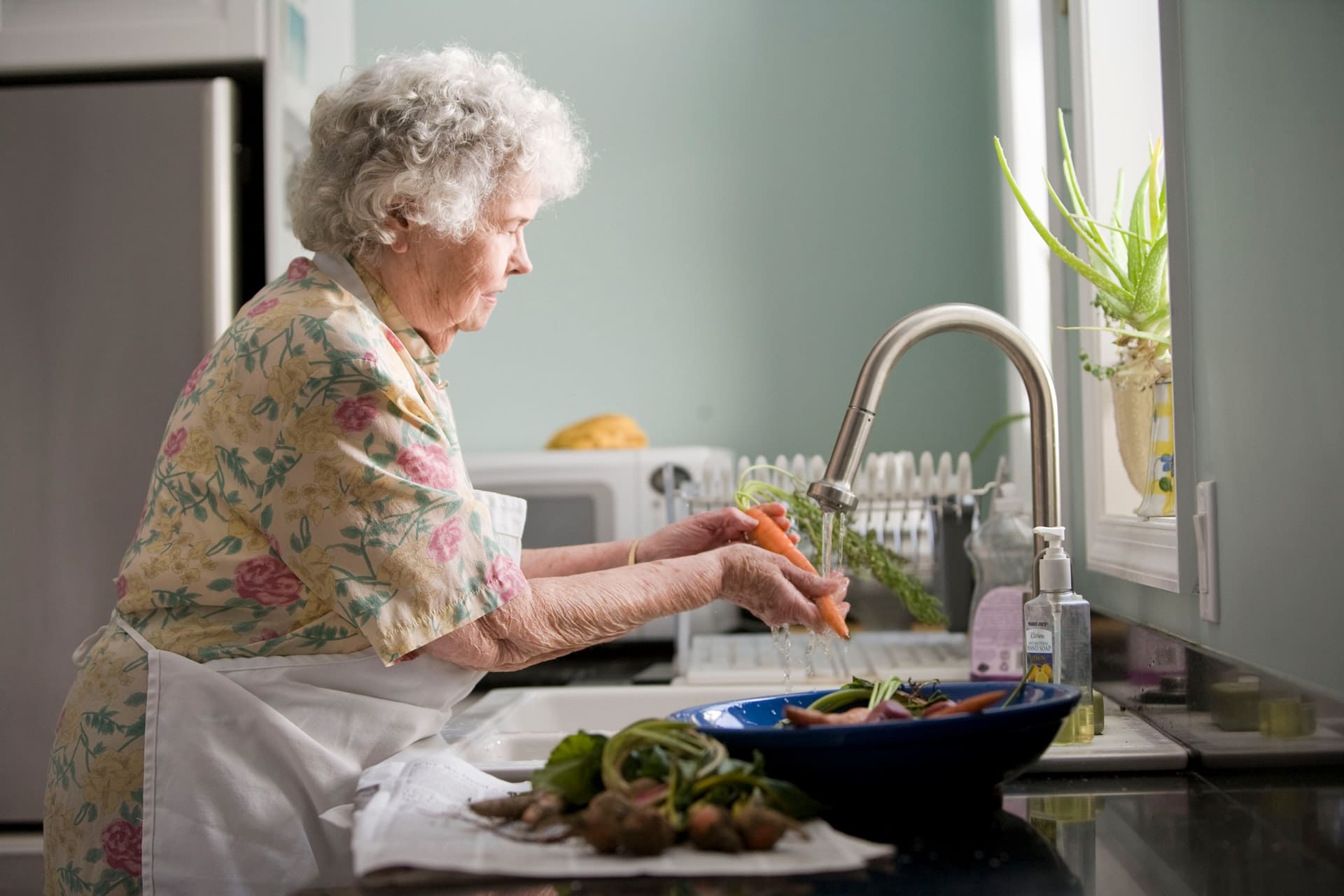We are developing and inviting a conversation on town centre living and a caring place on this website. These conversations touch upon our ten principles of a caring place, In this blog, Dr Donald Macaskill, Chief Executive, Scottish Care, writes about age and home.
For many older individuals our town centres have become places for an occasional shopping visit and reminiscence. It is a good few generations since they were last places to call home. Hundreds made the journey to suburbia in the hope of a new life of modernity, convenience and neighbourhood. It worked for many but for not a few.
Whether it was in the peripheral housing estates or constructed suburbia, the sense of something lost filled their days. The age of modernity has created distance, isolation and, for many, loneliness. Families have fragmented often leaving some older members living as isolated islanders in our urban communities.
But things have changed and are changing a great deal.
Age and our town centres
We are now faced with a real potential to redesign our city and town centres as locations to grow old in and to become places of age acceptance. Technology enabled care can re-connect and renew not just individual lives, but communities. But before we even sow the seeds of that dream there is much work to do.
Put frankly, our town and city centres are a turn off for so many older people and are perceived as unfriendly, sometimes even as desolate and hostile, alien environments from the perspective of positive ageing.
As the population of Scotland increases and grows older, so too does the potential for changing the age discriminatory dynamic. By 2039 the number of those over 75 years will have jumped by 85%. Older age needs to be seen as full of potential, contribution and creativity.
We need to design spaces and places which enable older age to be lived to the full, not to be spent as if waiting for last orders. The young female babies born today will have a life expectancy of over a 100, and most of that will hopefully be lived in good health. We are some distance from creating spaces for that generation and their grandparents to celebrate growing old in ways that are fulfilling and creative.
Social care sector
The social care sector employs 1 in 13 Scots and contributes several billion pounds to the Scottish economy. Listening to frontline carers, and those they support, should be a primary starting point in discovering how to regenerate our town centres to make them age inclusive environments.
Part of this will be achieved by challenging casual stereotypes and presumptions around older age.
The things they are likely to ask us include:
- How do we make our public spaces more dementia friendly, in terms of signage, layout and the use of colour and lighting?
- How do we challenge the obstacle maze that a visit to most shopping environments has become?
- How do we enable the presence of street furniture that enables individuals to sit, rest and watch?
- How do we get to a stage of reintroducing public toilets to enable people actually to last an afternoon outside?
- How do we enable people to live in settings and groupings which they want and which are inclusive of all ages and avoid institutionalisation on the one hand or creating ghettoes of older age on the other?
- How do we create sufficient financial incentive for developers to build more and not less accessible housing, at a time when every new build project that pops up seems to invite the stereotypical couple or family to put down a deposit on their future?
It is only as a community of old and young, female and male, designer and homemaker, architect and carer, that we can start to answer these questions.
Importance of home
Home is as important to those in the last few weeks of life as it is to those in the first days of youth. We have to get better at enabling that older voice to build and shape the spaces of our town centres, not from the perspective of frailty and deficiency alone, but of vibrant contribution and capacity. We have to stop talking about person centred older care and support and start listening to older person led ingenuity and inventiveness.
We need to recognise that older Scots are not a homogeneous group, but a shocking surprising diversity of lives. They are gay and straight, singleton and married, Asian and White, disabled and non-disabled, working and retired, lonely and fulfilled, caring and cared for. Only together can we reshape our communities to be places of caring connectedness.
About the author
Dr Donald Macaskill is Chief Executive of Scottish Care which is the representative body of the majority of providers of social care to older Scots, numbering nearly 1000 services employing over 100,000 carers. You can follow him on Twitter @DrDMacaskill
Header image credit: CDC on Unsplash
Share your stories on a caring place
We are developing and inviting a conversation on a caring place through our social media channels and on this website. If you'd like to share you knowledge and experiences of what it takes to design for a caring place, get in touch.

